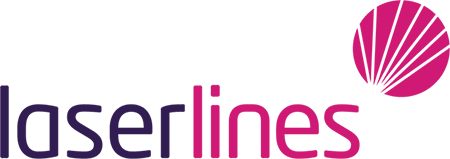Drilling
Laser drilling is a proven processing method which is based around a focused beam of light to accurately and selectively vaporise a material. Unlike conventional drilling processes such as mechanical drilling, punching or electric discharge machining (EDM), with laser drilling the hole size drilled remains accurate and constant as there has been no tool wearing in the process.
There are a number of benefits to using a laser for drilling and cutting materials: -
- Zero tool wear
- Low thermal effect
- Reduced surface contamination
- Burr free edges when drilling metals
